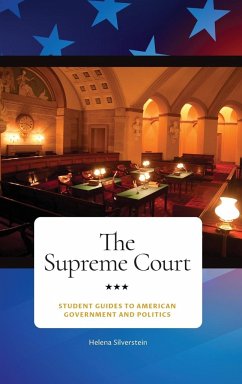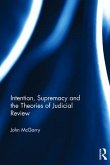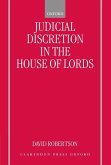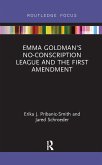This accessible guide to the U.S. Supreme Court explains the Court's history and authority, its structure and processes, its most important and enduring legal decisions, and its place in the U.S. political system. A 2018 Pew Research Center poll found that while 78 percent of Democrats and Democratic-leaning independents believed that the Supreme Court should base its decisions on the "modern" meaning of the Constitution, 67 percent of Republicans and Republican-leaning independents asserted that Justices should rely on the Constitution's "original meaning." The Court often is the final arbiter of polarizing battles that originate in other branches of government. At the same time, however, its structural insulation from Congress, the Presidency, and electoral politics make the Supreme Court-at least in theory-well positioned to rise above the rough-and-tumble of politics. This book examines the power of the Supreme Court in America's system of democratic governance in several ways. These include: reviewing debates over whether justices should interpret the Constitution in line with its "original meaning" or in accordance with present-day understandings; exploring the processes and factors that shape how cases are chosen and decided; considering contentious battles over the selection of justices; and examining the impact of the Court on American culture and society.
Hinweis: Dieser Artikel kann nur an eine deutsche Lieferadresse ausgeliefert werden.
Hinweis: Dieser Artikel kann nur an eine deutsche Lieferadresse ausgeliefert werden.








